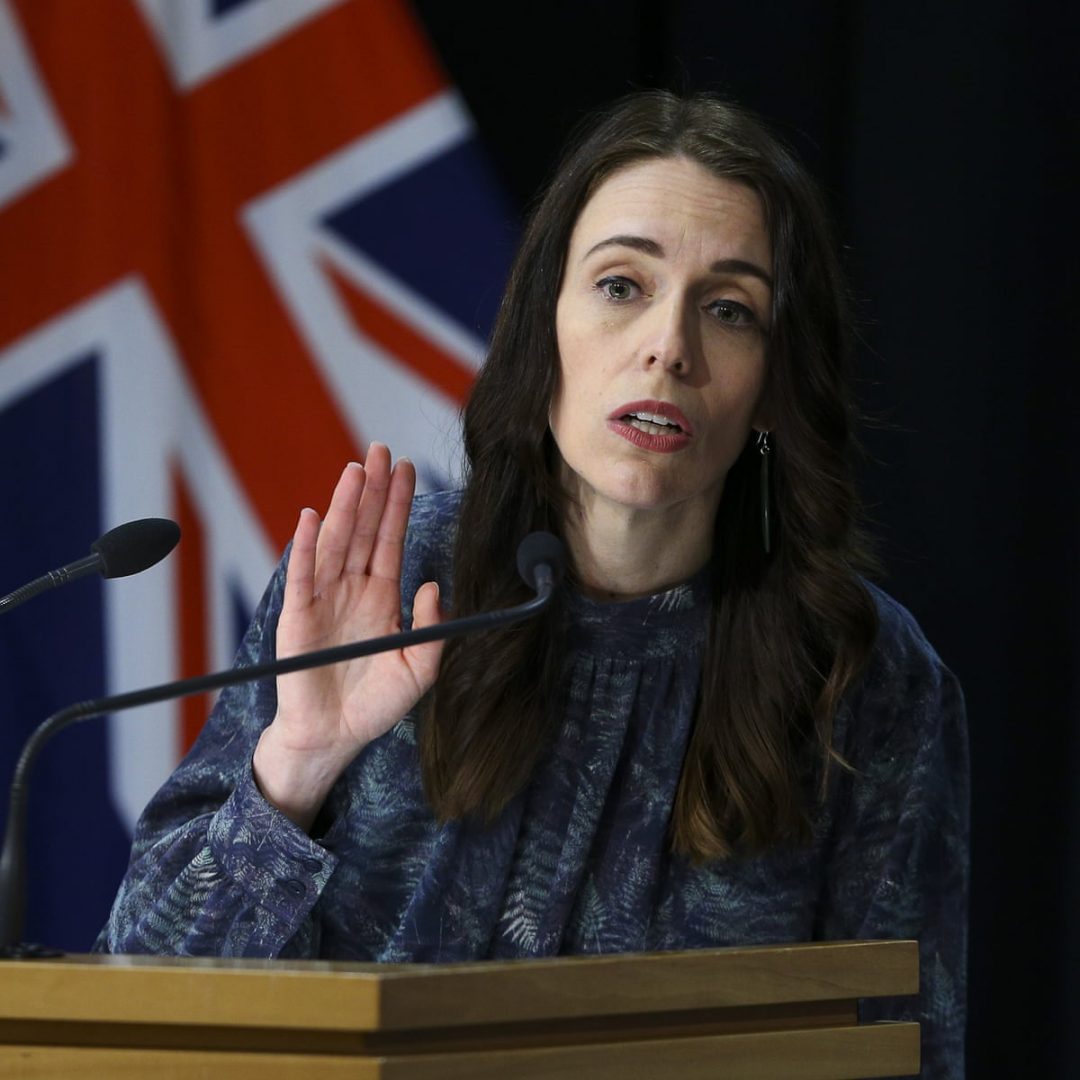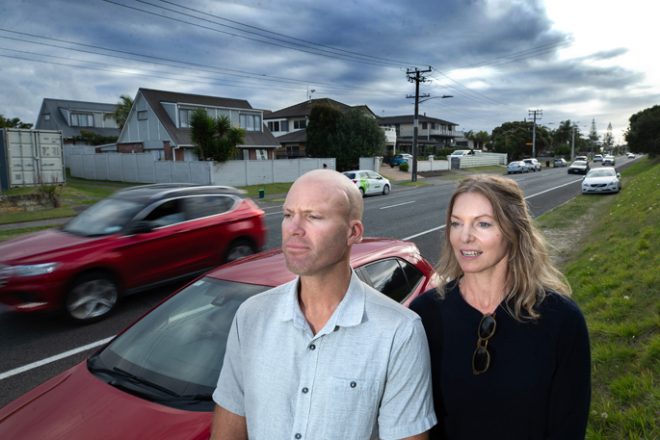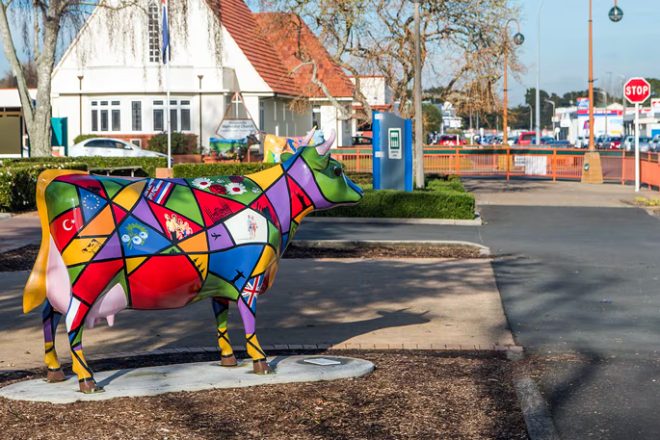More than 6000 complaints about employers have been lodged with the government since the start of March. That’s more than 10 times as many as during the same seven-month period last year.
The data, released by the Ministry of Business, Innovation and Employment (MBIE) to RNZ, records people wanting government help to resolve a workplace dispute.
More than 90 percent of entries since March relate to the Covid lockdown. Examples include people not being paid by firms or workers being forced to take leave.
Of the entire 6096 complaints lodged to MBIE, roughly 5500 related directly to the wage subsidy.
“Given that the wage subsidy was effectively paid out to 1.7 million workers, any number running into the thousands was going to be high,” said Workplace Relations Minister Andrew Little.
“But this was a scheme that was intended to affect a lot of people [and] it’s not surprising that there have been some problems with it.
“I think the critical thing is that people have raised it with MBIE, and there is now a process to go through.”
Concerns have previously been raised about the wording around the wage subsidy, with some employers accused of taking advantage of badly worded rules, and not paying workers what they’re due.
Chloe Ann King, the founder of the campaign group, Raise the Bar, advocates for hospitality workers.
She said Covid was compounding issues that were endemic in the industry already – “which was wage theft, which was illegal behaviour at the hands of the employers”.
“Put it this way, in my 15 years working in the industry, and my five years advocating in the industry, I have not talked to one hospitality employer, that has even a basic understanding of their legal obligation to their workers.”
She said hospitality is a sector where workers’ rights are often abused – and the current state of affairs is making matters worse.
“The one thing that I feel we’re really not discussing either is just the impact on workers.
“Can you imagine, Covid is happening, and your employer fires you at will. You have no way to pay rent. It’s really devastating for workers to be treated this way [and] their mental health deteriorates.”
1000 still unresolved
The Ministry of Business, Innovation and Employment said nearly all wage subsidy complaints have been settled. However, their own data also shows as of 22 September more than 1000 grievances of all different types remain unresolved.
They said the number is significantly higher than usual, but reflected the fact that application processing slowed down during the first lockdown.
That was then made worse by a large number of incoming complaints.
Employment law specialist and advocate Gerard Elwell said complainants are facing extended wait times: mediation services are delayed by weeks; hearings at the Employment Relations Authority by months.
“It’s something which is denying people access to quick justice, and that’s certainly an issue that needs to be considered,” he said.
Concerns have been raised about a pending waitlist for some time, with advocates in July warning of a backlog for the Employment Relations Authority.
In September, another warning was issued of a system creaking at the seams due to the enormous demand.
Elwell said it isn’t going to clear up any time soon.
“There’s probably enough work to keep most practitioners going well into early next year.
“The new work may decrease in volume, however, there will likely be other issues: redundancies, I think, will probably increase in numbers from what we’ve seen so far.”
Meanwhile, what is understood is that of all the complaints that have been made to the government, there is a much larger number of people who have not found the right pathway, or don’t have the energy, or are in too precarious a work situation to made an official complaint.
“A lot of people contacting Raise the Bar, they know that [what] their employer [has] done is wrong,” King said. “But they don’t have the legal language yet, to state exactly in the formal terms what their employer has done.
“At Raise the Bar, that’s exactly what we’re trying to take down those barriers, to a filing for mediation, to filing for a personal grievance.”
$7.35 million government response
Elwell said the wage subsidy has so far postponed big redundancy numbers – but they are coming.
Little said his team has made moves to get the huge number of complaints down. “We’ve put in a total of nearly $7.5 million to Employment New Zealand to assist with the Covid-19 response.
“$4.2 million of that is just to deal with the complaints and complaint resolution. We’ve also put some money into adding to the number of mediators.”
He accepted there will be tough times for those in such situations.
“I do appreciate, if you’re a worker who feels they haven’t been paid what they should be paid, or have lost their job and haven’t been treated fairly or properly, waiting a few weeks is a hell of a long time to do that.
“But there’s a lot of people in the same boat, but this is an unprecedented situation that everybody is in, and we’re just having to do the best that we can.”
Meanwhile, the government is encouraging those with grievances to use online mediation to help clear the backlog faster.
SOURCE: RNZ




















































-helped-regain-her-strength-and-balance-using-Nymbl-after-a-fall.-660x440.jpg)




